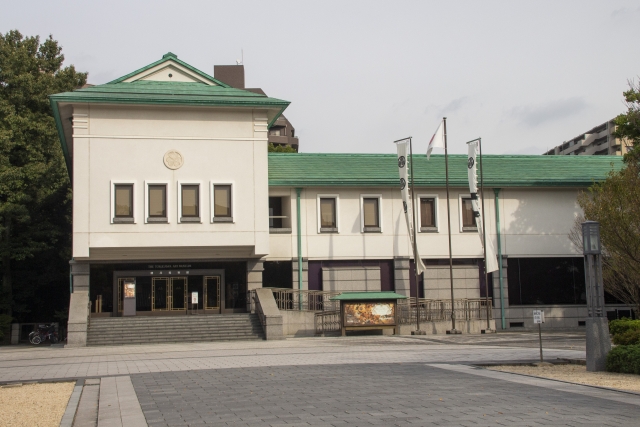About Tokugawa Museum of Art
The Tokugawa Museum of Art is a private museum that collects and displays more than 10,000 items, including 9 national treasures, 59 important cultural properties and 46 important works of art, which have been passed down to the Owari Tokugawa family, as well as Daimyo props.
The quality of these items is amazingly well preserved. The collection is housed in the world-famous Genji Monogatari Maki (National Treasure). In the permanent exhibition, part of the public life of the lord of the Owari clan has been restored, including the lock room and the wide room of the Ninomaru Imperial Hall in Nagoya Castle, the Noh stage, and the Saru-myeon tea table. A variety of exhibitions are also on display, including the customary Owari Tokugawa Family Daughter Festival (early February to early April every year).
Anyone interested in the history of Japan, especially the Warring States period, must visit the Tokugawa Museum of Art when visiting Nagoya. It displays items from the Owari Tokugawa family that reflect the life of the daimyo of the period. The admission fee of 1,200 yen (about 60 RMB) is well worth it. The only regret is that you can’t take photos.

How to get there
1017 Tokugawa-cho, Higashi-ku
https://www.tokugawa-art-museum.jp/
Tips
1. Room 1: Symbols of the samurai clan, armour * Swords
The only thing you can take a picture of is the armour worn by Tokugawa Ieyasu.
2. Room 2: Tea Ceremony, the Shogun’s Tea Room
China produced tea in abundance, and Japan took the tea ceremony to the extreme. Especially for military generals, everyone had to speak the tea ceremony. It is said that the tea ceremony calms the mind, which is conducive to thinking and over time develops a taste for it. Japanese military generals were expected to be able to fight as well as to be cultured. Their idea of this is very similar to the Chinese description of a “Confucian general”.
During the tour of this section, we first saw some familiar names, such as the Japanese tea sage “Chiryu” and “Kobu Tonshu”. Then I saw some utensils, mainly jars for water and tea, all of which were so plain that I would have believed them if they were ancient pottery. Next to the utensils, I saw descriptions in Japanese characters, and the ones I could recognise were “famous” and “daimyo ware”. I thought to myself: what’s so famous about these bottles and jars, and what’s so “famous” about them? Until I came across this one.
Beautiful screens, ornaments, etc.
4. Room 4: The Noh Theatre Stage in the General’s Residence.
Many beautiful clothes of the artists.
5. Room 5: Elegant household items
Small screens, clothes, etc.
6. Room 6: The essence of the dynastic tradition, the Tale of Genji scrolls.
The Tale of Genji, written between 1001 and 1008 AD, is similar to the Tale of Donnie Yen and depicts the public power struggles of the Heian period in Japan, complete with numerous colourful illustrations. Due to the perishable nature of the paper, this display is a reproduction, with a small film.
Finally, two photos of the view outside the museum. The main entrance to the Museum of Fine Arts.